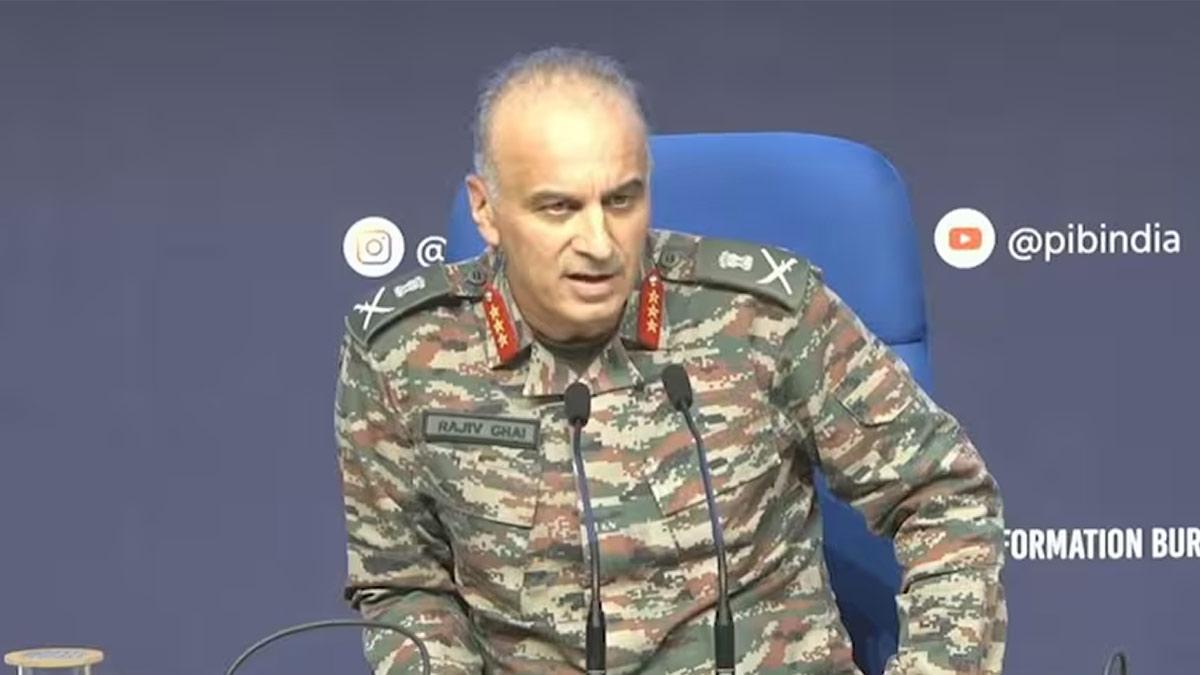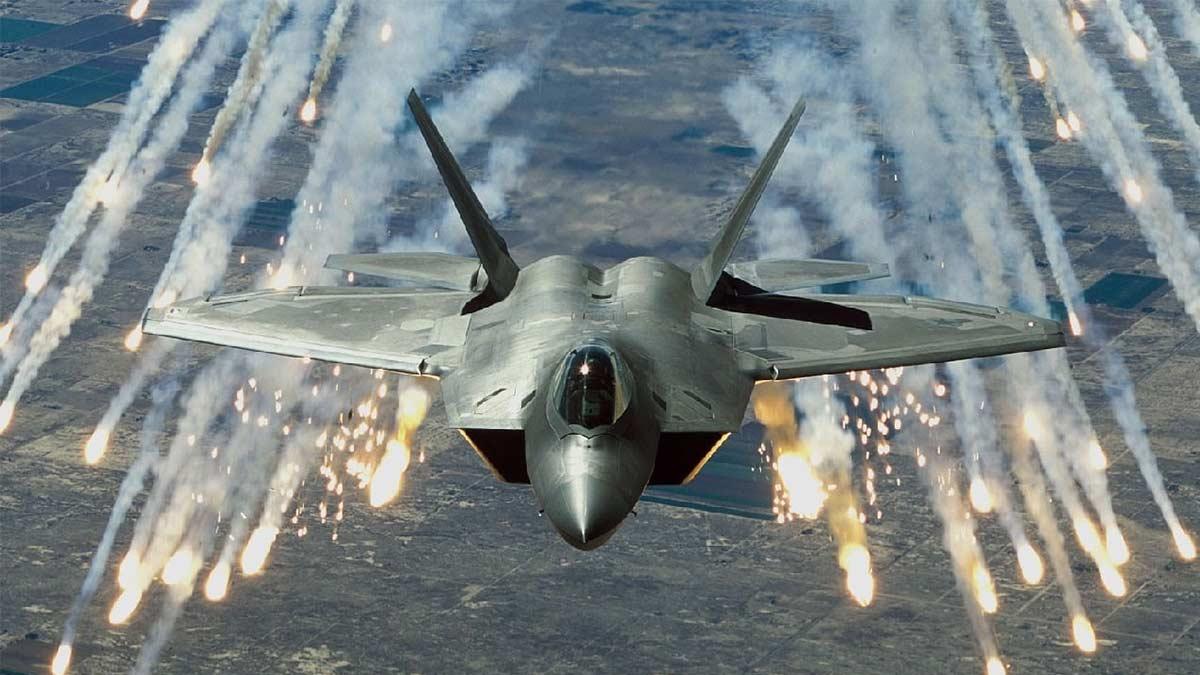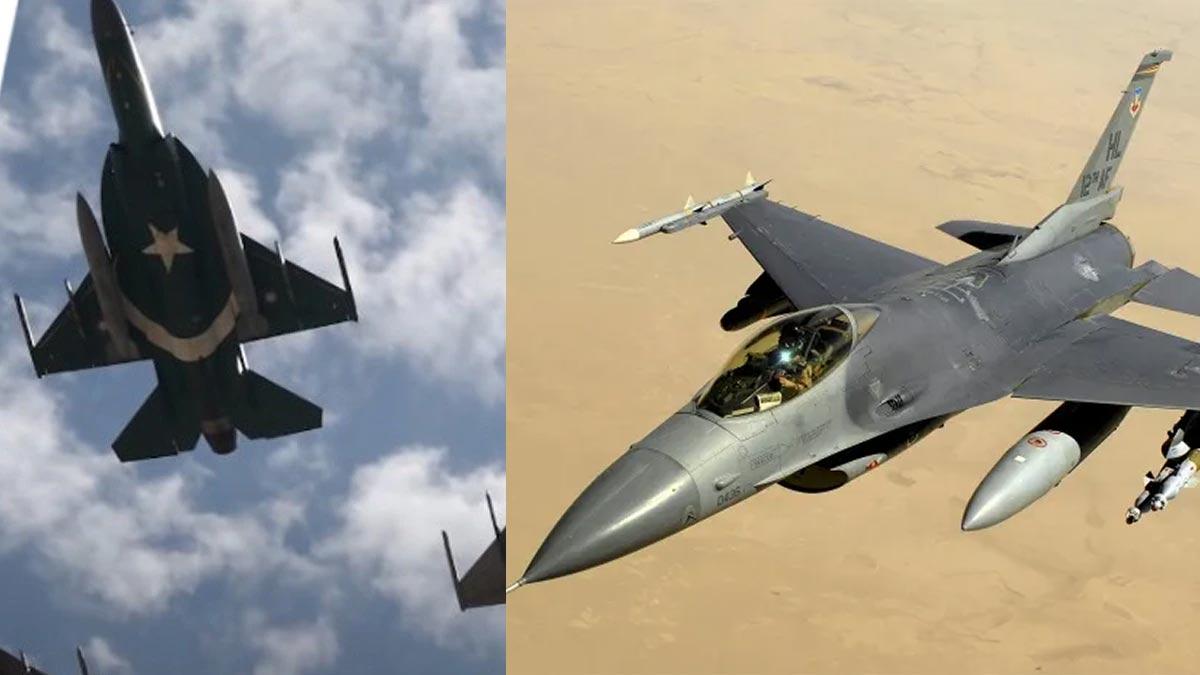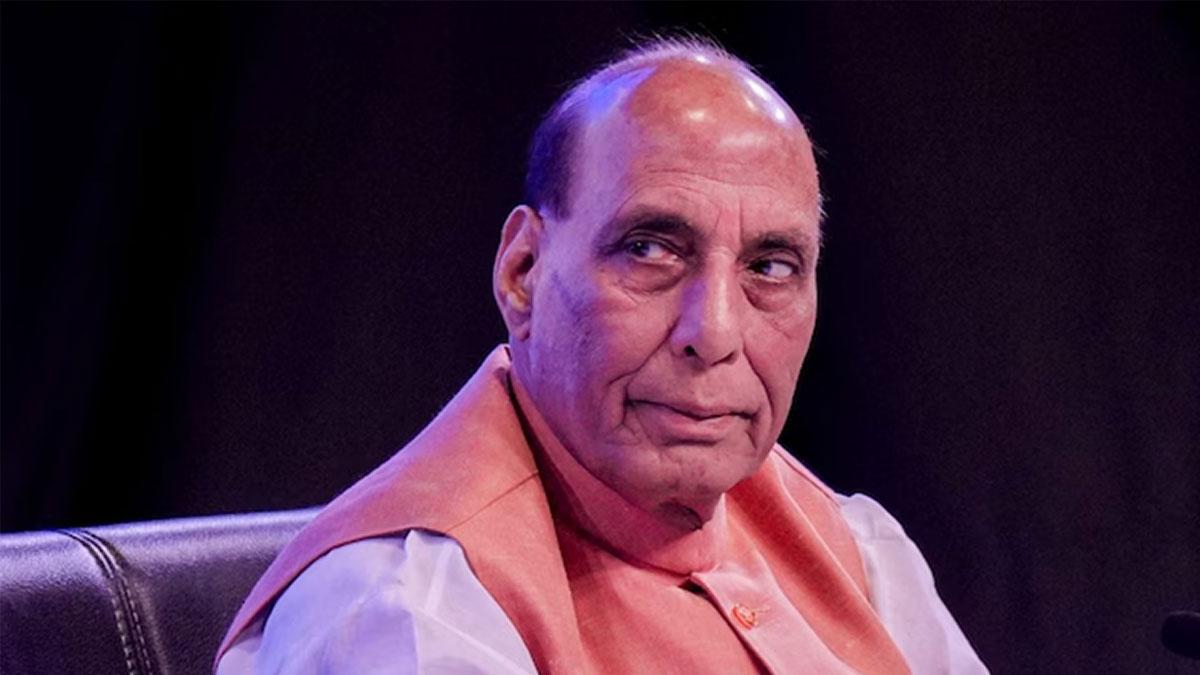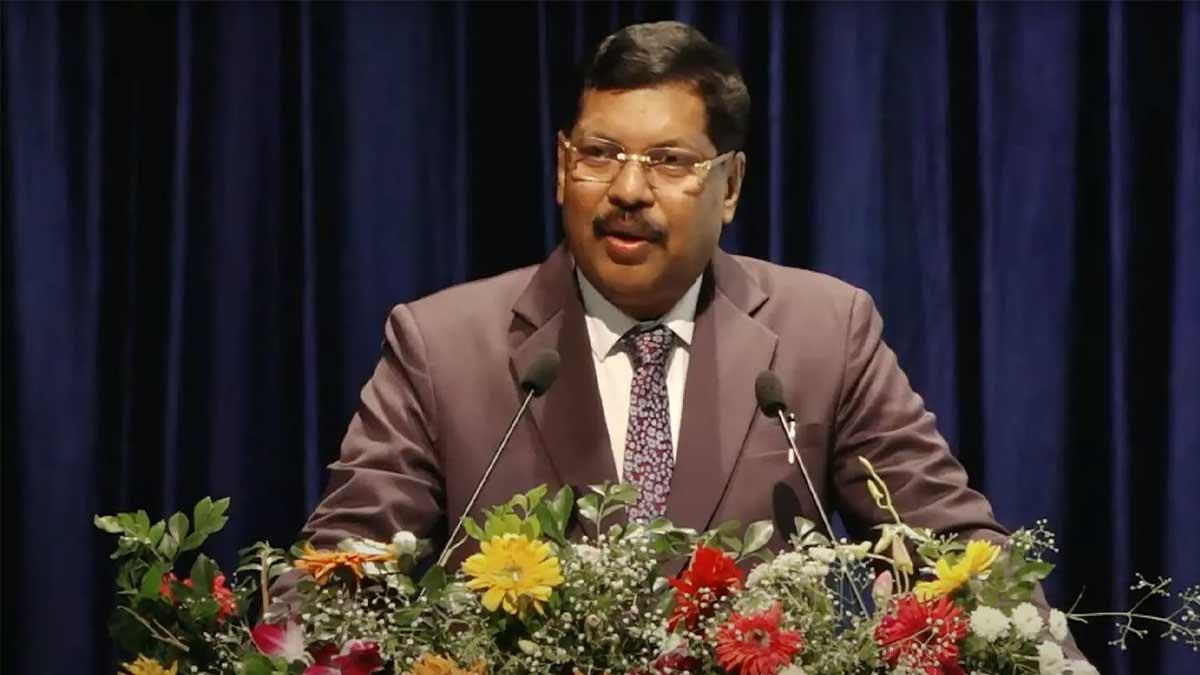Indian Army DGMO, Lieutenant General Rajiv Ghai, declared that the recently conducted Operation Sindoor led to the killing of more than 100 terrorists in nine major terror sites in Pakistan and Pakistan-occupied Jammu and Kashmir (PoJK).
Speaking to the media in New Delhi, General Ghai said that the operation had targeted high-value targets like Yusuf Azhar, Abdul Malik Rauf, and Mudasir Ahmed — all of whom had had involvement in prominent terror activity such as the IC814 hijacking and the Pulwama bombing.
He said that the mission of Operation Sindoor was clearly defined: to punish those involved in planning and providing support for terror activities against India, and to destroy the infrastructure behind them. The mission entailed a thorough and meticulous reconnaissance to locate camps and training centers operated by terrorist groups across the border.
General Ghai said that he had talked to his Pakistani counterpart on Saturday afternoon. During this interaction, Pakistan proposed a halt to hostilities, which temporarily led to a suspension of cross-border firing and aerial intrusions. Both sides agreed to continue dialogue at noon the following day to determine terms for a lasting ceasefire. However, the DGMO expressed regret that within hours of the agreement, the Pakistan Army breached the understanding by resuming cross-border shelling and drone flights. He said that another official warning was communicated through hotline, which indicated that any more such transgressions would elicit a stern and punitive reaction from the army. He highlighted that Army Chief General Upendra Dwivedi has left full discretion with local commanders to take action against any transgression from either side of the Line of Control (LoC).
In tribute to the sacrifices, General Ghai honored the five armed forces and civilian personnel who sacrificed their lives in the operation.
When asked how many Pakistani planes were shot down during the operation, Air Marshal AK Bharti, Director General of Air Operations, responded that although some Pakistani planes were intercepted before they could cross into Indian airspace, a few were successfully brought down.
Air Marshal Bharti assured that all Indian pilots had returned home safely and that the Air Force had successfully attained its operational objectives. Describing the mission, he said that Operation Sindoor was meticulously conducted with a strict internal directive to avoid civilian casualties and target only terror elements. He added that even though India followed a restrained and targeted response, Pakistani retaliatory measures involved attacks that targeted civilian-inhabited areas and religious sites, leading to heartbreaking casualties.
General Ghai also gave credit to the Indian Air Force for having taken center stage in the mission, conducting precision attacks on targeted terror locations, and the Indian Navy providing the crucial precision-guided ammunition that was utilized in the attack.
Offering additional details, Air Marshal Bharti said intelligence-directed targeting was directed against notorious terror camps at Muridke and Bahawalpur. Leveraging advanced target system analysis, the Air Force developed plans for precision strikes utilizing air-to-ground weapons of precise destruction, calculated to minimize collateral casualties among civilians.
At the media briefing, Bharti showcased imagery of missile strikes on the two camps, underscoring the mission objective of targeting only terror infrastructure for destruction. He further revealed that on the night of May 7, several Pakistani drones and UAVs made attempts at incursions into civilian and military zones, all of which were successfully repelled. While India maintained its priority of eradicating terrorist forces, the other side resorted to attacks on civilians as well as military targets, leading to a rapid retaliatory attack by India that evening — including precision attacks on Pakistani radar installations in Lahore and Gujranwala.
General Ghai further said that during the nights of May 8-9, Pakistan made aerial incursions into Indian airspace with the use of both drones and planes, with mostly unsuccessful attempts to inflict damage on military establishments. Augmented adventurism along the LoC resulted in fierce clashes. He put the losses in terms of men for the Pakistani army between May 7-10 at between 35-40 due to Indian artillery and small arms fire.
Air Marshal Bharti assured that India's aerial defense systems effectively repelled every hostile aerial threat. On May 8, a drone attack was launched on several Indian Air Force bases — Jammu, Udhampur, Pathankot, Amritsar, Bathinda, Dalhousie, and Jaisalmer — but these were efficiently neutralized by trained men using advanced air defense systems. He said that the Air Force systematically attacked Pakistani air bases, command and control centers, air defense systems, and other military infrastructure along the Western front to convey a strong message that any kind of aggression will be countered with firm force.
Vice Admiral A N Pramod, Director General of Naval Operations, pointed out that the Indian Navy had a high-alert deployment in the Northern Arabian Sea. This forward deployment, according to him, was both a strategic deterrent and a demonstration of preparedness to attack high-value targets, including Karachi targets, if needed. He added that the posture effectively put Pakistani naval and air resources in a defensive position, keeping them mostly in port areas. The Vice Admiral reaffirmed that the Navy continues to exercise this deterrent presence and stands ready to retaliate any hostile action by Pakistan with accuracy and power.
Read also| Omar Abdullah Reports Explosions in Srinagar Following India-Pakistan Ceasefire

